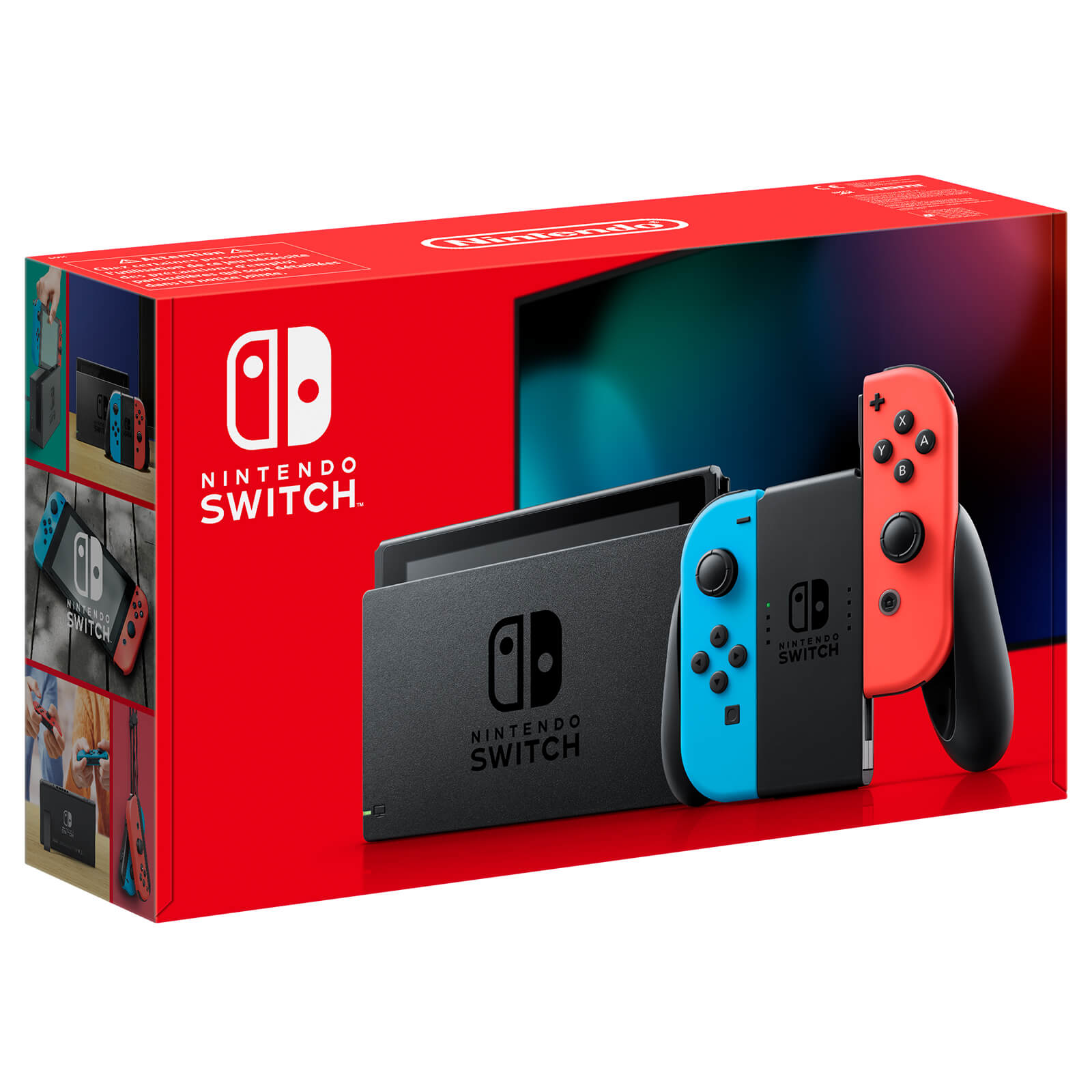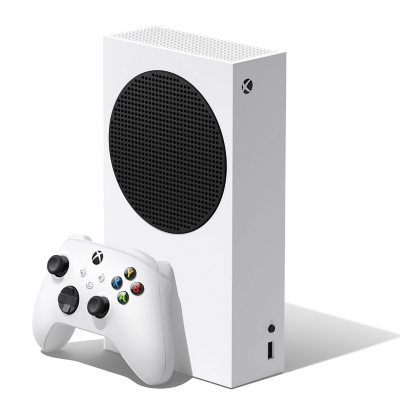Nintendo Switch with Neon Blue / Neon Red Joy-Con Controllers – Nintendo Switch
Nintendo Switch is a breakthrough home video game console. For the first time, players can enjoy a full home-console experience anytime, anywhere.
Nintendo Switch is a breakthrough home video game console. For the first time, players can enjoy a full home-console experience anytime, anywhere.
The Nintendo Official UK Store offer an extended 2 year warranty on all Nintendo Switch consoles.
This model includes battery life of approximately 4.5 – 9 hours. Model number: HAC-001(-01) (product serial number begins with “XKW”).
Console box includes:
- Nintendo Switch Console
- Nintendo Switch Dock
- Joy-Con (L) Neon Blue
- Joy-Con (R) Neon Red
- Joy-Con Grip
- Joy-Con Wrist Straps
- High Speed HDMI Cable
- Nintendo Switch AC Adapter
Nintendo Switch Online
Enhance your Nintendo Switch gaming experience with the Nintendo Switch Online service and enjoy competitive and co-operative online gaming with friends and rivals from all around the world in supported Nintendo Switch titles, such as Mario Kart 8 Deluxe and Splatoon 2. Join via Nintendo eShop and receive a 7-day free trial (Individual Membership only).






by Edith
Size for older kids and adults is great, ease of use, range of available games, multimedia abilities
by Rachel
Arrived 2 days after I ordered it, perfect quality and absolutely no problems so far.
by Ryan
Good fun for family and friends, can involve everyone.
by Carl
Great system for the kids they are loving it.
by Thomas
Easy setup reasonable size unit and holder. Good selection of games perfect gift and used for fitness as positive the fitness game does offer a level of intensity that continues to push the user safely.